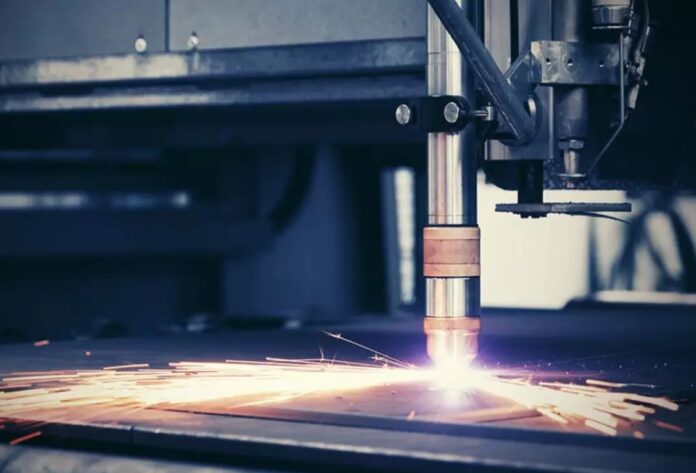Metal finishing is a change in the shape, dimensions, or properties of metal to suit further use of it. Changing the shape, dimensions or properties of a metal can be divided into manual or machining. In order to perform metal processing in any way, tools are needed. A tool is a means in direct contact with an object that is being processed.
For better positioning and the most accurate production, aids that are specially designed for this purpose are needed. Devices are aids that are applied during production, do not directly process the material, but participate in the production process as stand-alone devices or as part of a machine tool.
Today we will talk about technological advances in metal finishing technologies.
Types of metal finishing
1. Plating
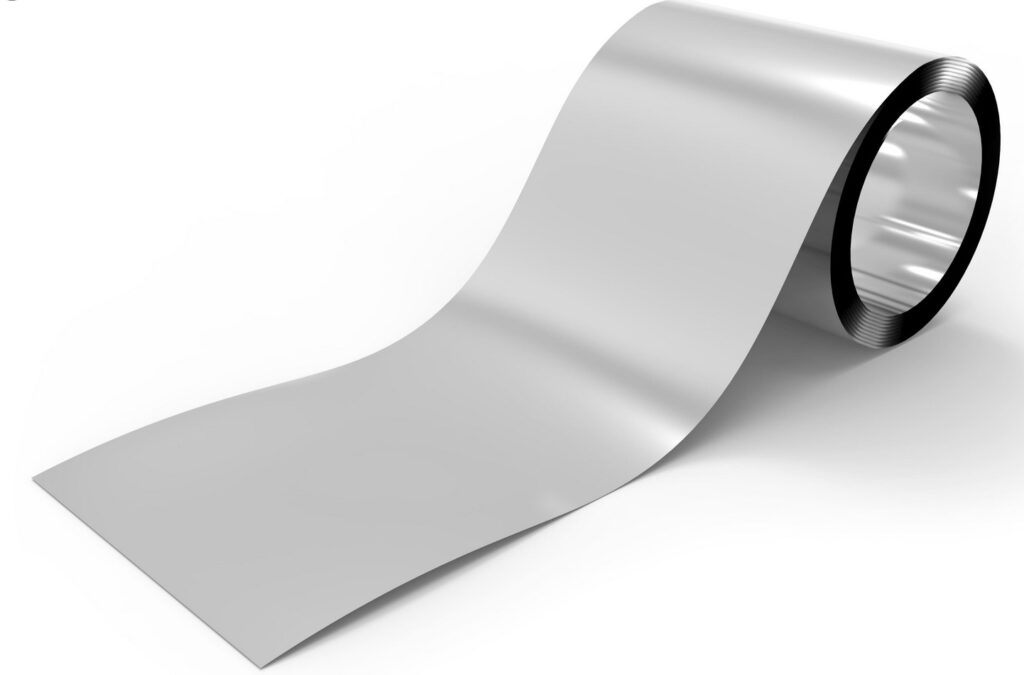
In this method, special chemicals are used to cover the surface with a thin layer of metal such as zinc. There are two types of this method. One is electroplating which with the help of an electric current covers the surface, while the other is electroless, which with the help of the autocatalytic process which uses substrates to catalyze the reaction.
This method is beneficial for many reasons. Increases durability, reduces the possibility of rust, friction, but also affects the appearance.
2. Brushing
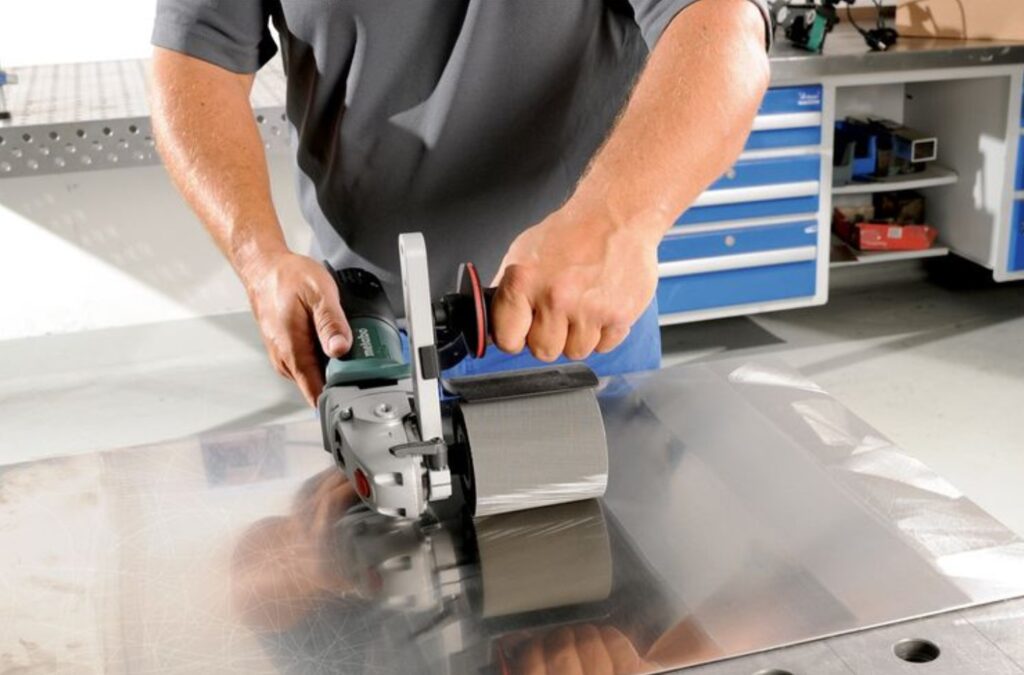
Unlike the previous method, this one has a different purpose. And that is to remove irregularities on the surface. This creates a texture that is smooth. Either an abrasive belt or a wire brush is used. The direction in which one works is also important. They are also used to eliminate welding irregularities. Special chemicals are used to remove debris from various machines.
3. Grinding
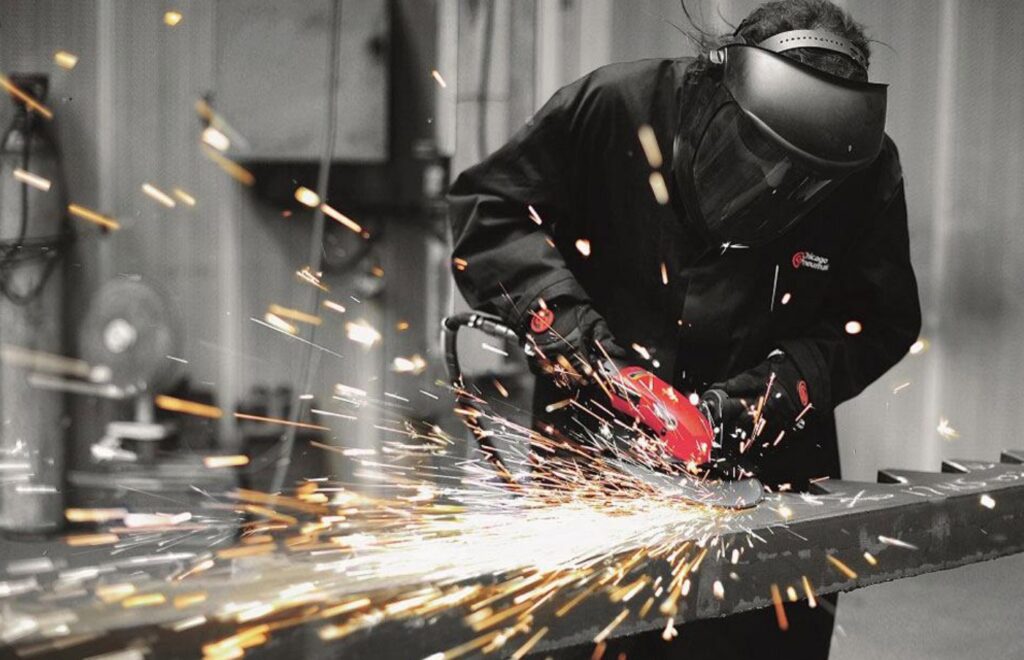
Grinding, in mechanical engineering, is the shaping of a material by the separation of particles, which achieves smooth surfaces (metals, wood), accurate measurements or the required shape (sharpening tools, grinding glass, grinding diamonds and precious stones). A very smooth and shiny surface is created by polishing. Grinding is performed with a grinding tool or grinding wheel, which consists of a plurality of geometrically undefined blades and spikes of crystalline abrasive grains, connected by a suitable binder (for example a silicate binder, a resin binder) into a compact whole. A sanding tool is most often a stone plate (sanding plate) rectangular, round or some other shape (also called a sander), and an endless strip or sheet of sanding paper or sanding cloth. Grinding is most often performed on a machine tool (grinder) with a rotating grinding tool in the form of a round plate or roller. When grinding metal surfaces, there is a difference between round and flat grinding
4. Vibratory Finishing
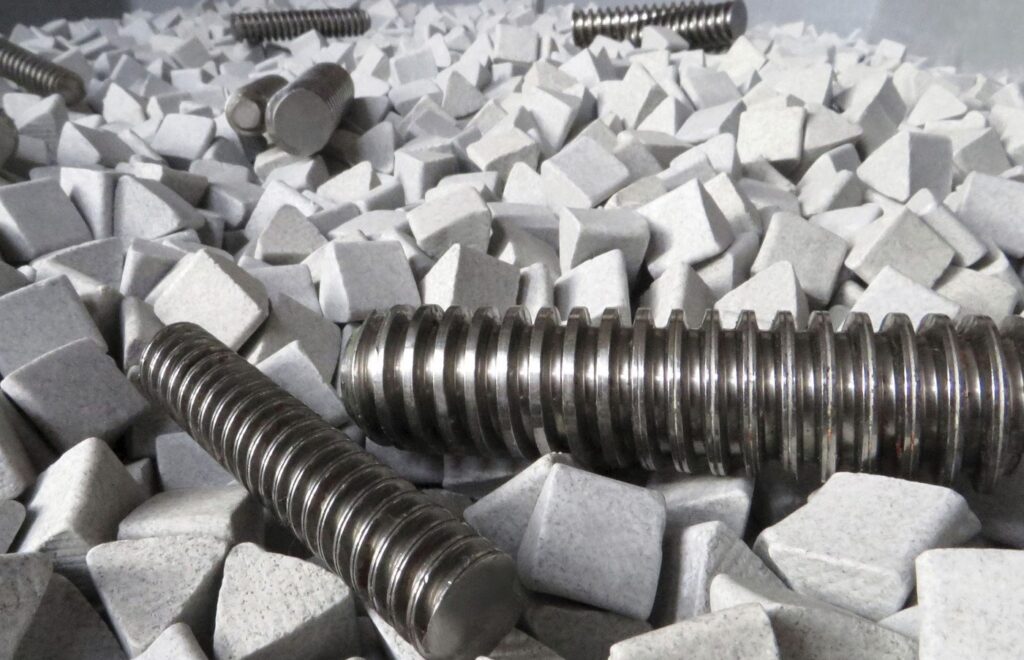
This type of machines are primarily used to remove sharp parts of the metal product. Their speed and strength of vibration can be adjusted so that they can process all types of products, both small and large.
5. Blasting
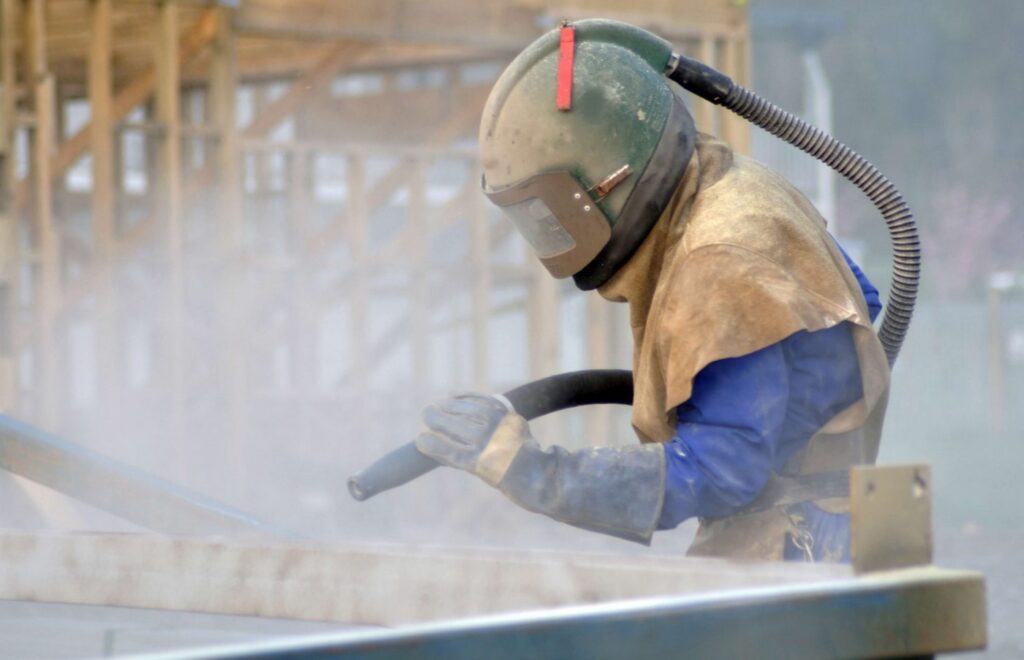
Sandblasting is a technological process in which, with the help of a sandblasting machine, an abrasive under air pressure receives large kinetic energy (acceleration) and strikes the surface to be treated. The abrasive thus raises the color, impurities and other substances, preparing the substrate for the next applications.
Sandblasting is the best way to prepare surfaces before applying protective coatings, paints, to remove corrosion, to clean and prepare surfaces for the heat treatment of parts, to remove graffiti and paint from buildings, to achieve various structural and decorative effects (engraving, sandblasting of glass and wood).
Sandblasting is used in almost all industries for various purposes. In shipyards, automotive industry, construction and glass industry and is indispensable in maintaining various technological processes in all branches of production. It is mainly intended for matte textures. Other things besides sand can be used, such as steel shots or special metal pellets. Generally, everything is abrasive and under high speed. In the end, a very smooth product is obtained.
6. Coating
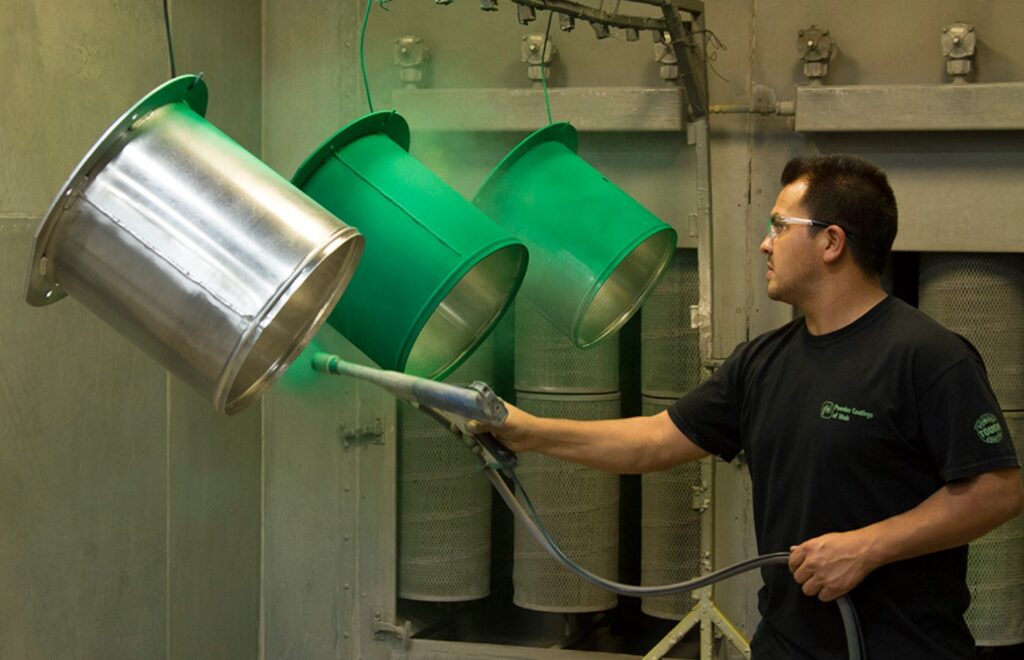
Special paints are used for coating, in order to protect the product, primarily from corrosion. In addition, there are different colors for products that will be in an unfavorable environment, such as the sea. They also protect against UV rays, heat, and other harmful effects.
Types of machines
Now we will talk about specific machines for some of the abovementioned methods.
Vibrators Finishing Machines
There are many types of these machines. The rock tumbler serves for smaller volumes of work, and it is very fast, so it saves you time. They also vary in volume and capacity, so this will affect your purchase decision. Then an aluminum wheel polishing machine that has two vibrating motors. The quality of processing is very high with this machine. No damage can occur during processing. There is also a vibratory tumbling machine and you can see available models on this website.
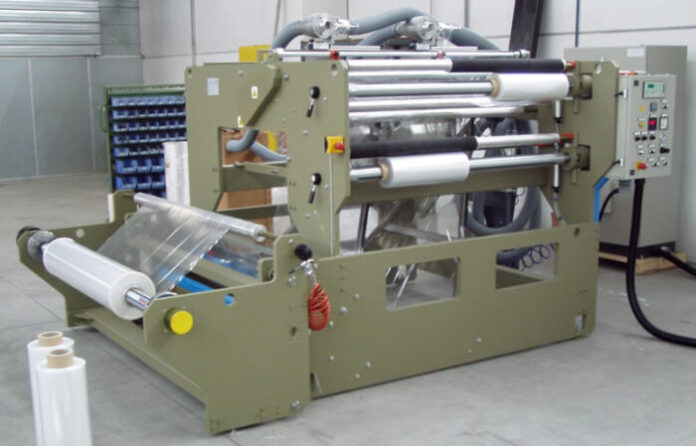
Auxiliary Equipment
In addition to the main equipment, many processes require auxiliary equipment. This primarily applies to dryers, different modes of operation. There are vibrating, centrifugal, as well as magnetic separators. They serve to pick up the remains from the machines after finishing the processing. Learn more about magnetic separator at shinysmooth.com. You may also need a soundproof cover as an accessory. As these are very noisy processes, this kind of thing will mean a lot to you and your workers. It will reduce at least 20 decibels of noise.
How to choose the best method for you?
As with any process, there are several factors that must be considered. First think about how fast the process you need, and then look at what the production speed of a particular machine is. Then there is the price, which always plays a crucial role. First the purchase price, and then the ratio of price, quality and speed of work. And in the end, it also depends on the metal you are processing. Each metal requires a specific treatment, so this will decide your choice.
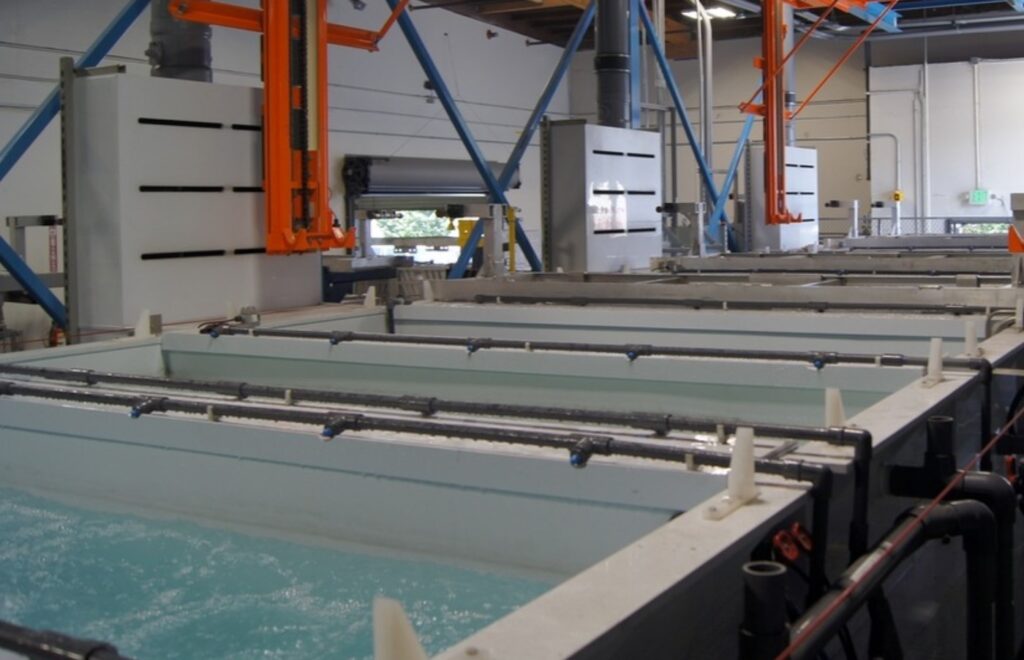
Conclusion:
These are very complex processes and the quality of the product depends on the success of the work done. So think carefully about which machine and which method you will use.

